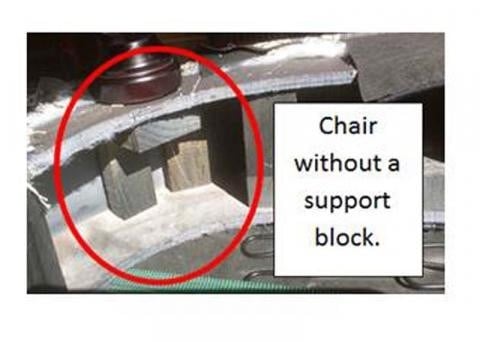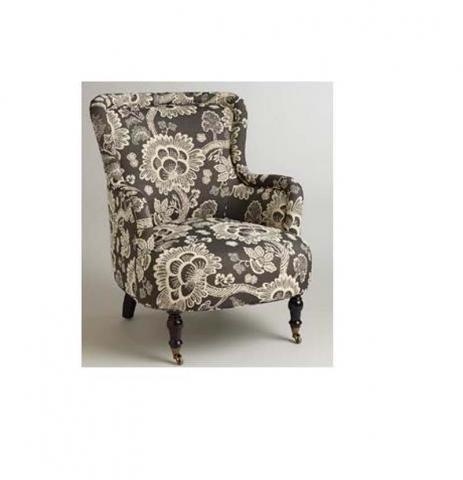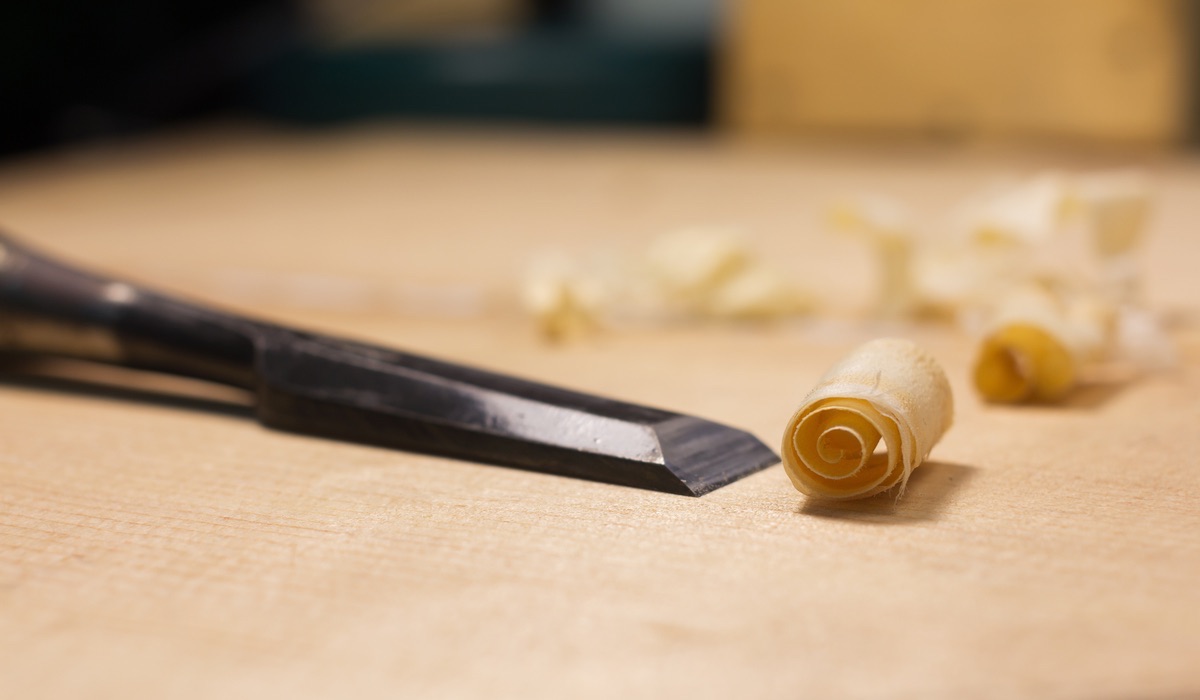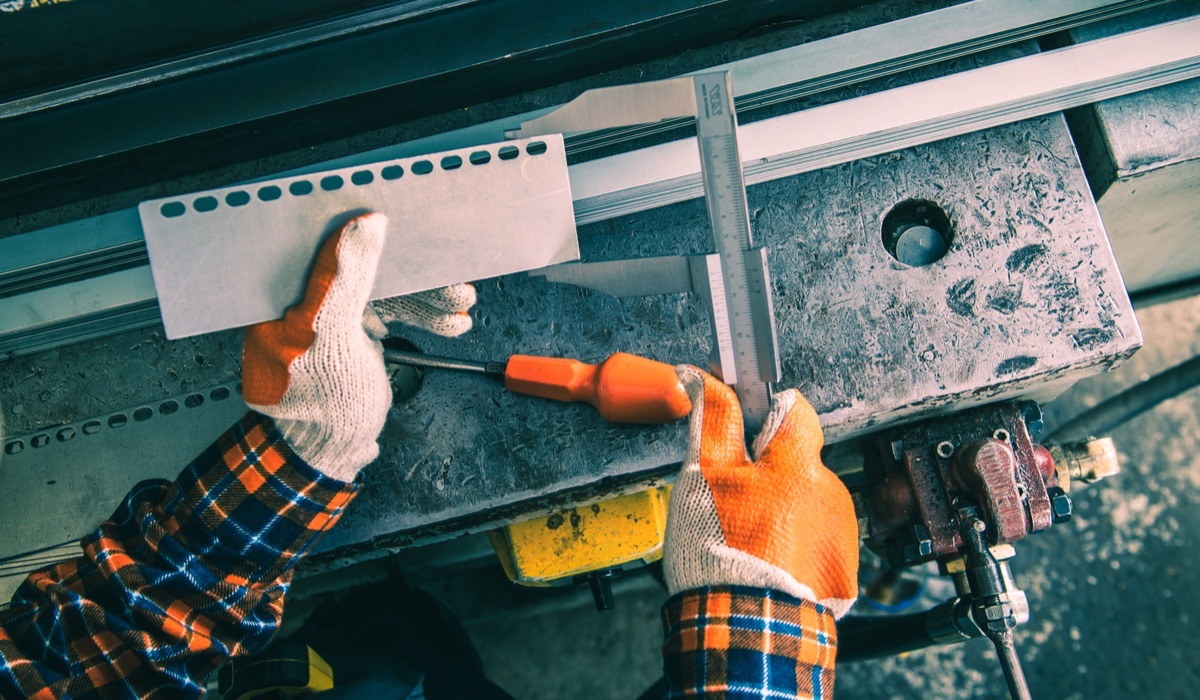How does one go about skipping on lengthy delays, dodging product recalls and potentially damaging brand reputation that is brought on by furniture quality issues before it’s too late?
Importing furniture from South-East Asia is as attractive, if not more, than any other market in the world, but the logistics, compliance, and potential communication challenges it presents does little to guarantee that the standards of quality for your destination market will be met.
In this blog post, we seek to outline what you can do to ensure that your furniture reaches you at its highest level of quality, ultimately, to give your brand the competitive advantage it deserves.
Have you determined your DCL (defect classification list)?
This is often a step that is an afterthought, but classifying this, in the beginning, will help to clarify the meaning of your furniture inspection report.
This is the most widely used
defect category;
- Critical defect – A critical defect is one that judgment and experience indicate is likely to:
- result in hazardous or unsafe conditions for individuals using, maintaining, or depending upon the products; or
- Prevent performance of the tactical function of a major end item. A critical defective is a unit of product that contains one or more critical defects.
- Major defect – A major defect is one, that is likely to result in failure, or to reduce the usability of the product for its intended purpose.
- Minor defect – A minor defect is one that is not likely to reduce the usability of the product for its intended purpose, or is a departure from established standards having little bearing on the effective or operation of the product.
If there is no established DCL, API has a detailed inspection checklist which will be made available so as to proceed with the inspection.
DUPRO (During Production Inspection) to help resolve your furniture quality issues early on
This is often a critical stage in ensuring that your final piece of furniture will reach its expected level of quality.
Referring to the below, 2700 chairs were recalled because of fall hazards that were due to the breaking or bending of the leg.
The CPSC found that structural frame of the upholstery chairs was missing a support block to the leg this was against original design.
.png)

Such as this upholstery chair, you would never check the structure frame inside visually after it is wrapped by fabric when the production was completed.
 A DUPRO inspection could assess some of these critical points
A DUPRO inspection could assess some of these critical points at the right moment before the production was completed. DUPRO could focus on finished products, evaluate production status and quality system implemented on the production line.
In many cases, a couch or piece of furniture is inspected before the entire purchase order has been completed. This type of inspection means that any problem that has come about should be identified early on and will, therefore, be addressed on site.
Your DUPRO inspection report needs to be inclusive of any and all quality issues that were found during the production process. No issue is too small to include.
Update your furniture specifications, based on the DUPRO feedback
Upon receiving your DUPRO furniture inspection report, you will need to go through every step of the report thoroughly. Look at what “pending” results there may be. You should have a strategy in place on how you address these “pending” quality issues.

It is at this point that
you will need to re-communicate your products specifications to begin addressing those furniture items with “pending” status.
Sourcing in Asia is not without communication and language barriers. You can look to overcome these barriers by using a neutral third party quality provider who has the expertise in your sourcing area. Having boots on the ground will ensure that your product specifications are communicated correctly and clearly.
Do a root cause analysis as a preventative measure going forward
It is important to note that a root cause analysis should not be a once off thing that you implement in the odd major defective production case. You should have an RCA strategy of exactly how you will handle defective furniture products with your supplier.
Don’t have an RCA strategy? Follow the steps I’ve outline below to help you;
- Problem Recognition and Definition – Acknowledge and define what your furniture’s production problem is.
- Identify the causes – Go through the process of cause identification. The trick here is to not spend too much time brainstorming or mind mapping. This needn’t be a time-consuming aspect of the RCA.
- Identify solutions – Based on your cause identification you will need to identify the best possible solutions to addressing the problem so that it does not happen again.
- Implement the solutions – If your furniture’s quality was compromised on the production line, you would need to begin implementing the solutions that you were able to identify to prevent any future occurrences of this. The solution needs to be one that optimizes and betters your operational processes. If the proposed solution does not accomplish this, you may need to repeat the above steps to ensure you come up with something that will.
An RCA does not have to be a time-consuming strategy. What it does need to do is
highlight the problems and make room for process optimization.
A FRI (Final Random Inspection) is based on sampling inspections
An FRI is a pre-shipment inspection of a small sample of your furniture. This inspection type is used to determine any quality defects that may have come from the production process.

A random furniture sample will be selected at this point, where they will each be checked one by one to inspect whether or not they meet the following;
- Does it meet all of the product specifications as laid out by you?
- How many visual defects are there?
- What onsite tests need to be done?
Key Takeaways
The steps as laid out above should be planned and strategized over for each product category that you source.
The benefits of the above inspection types;
- They allow you to detect quality issues early on.
- A step-by-step analysis of the root cause of the problem which allows you to make sure this problem doesn’t recur.
- They allow room for re-communication of product specifications.
Analyse every report from every inspection type. If you are not happy to communicate this and communicate what needs to be done differently to meet your required specification.
This kind of planning and strategy will see you through the production of high-quality furniture that will positively position your brand in the market place.
Have you endeavoured to optimize or customize your inspection solutions?
Let us know in the comments section how any of these solutions have been of benefit to your organization.
If you have any inspection related questions, please feel free to get in touch with us.
IS COMPLIANCE A CHALLENGE FOR YOU?
.png)

 A DUPRO inspection could assess some of these critical points at the right moment before the production was completed. DUPRO could focus on finished products, evaluate production status and quality system implemented on the production line.
In many cases, a couch or piece of furniture is inspected before the entire purchase order has been completed. This type of inspection means that any problem that has come about should be identified early on and will, therefore, be addressed on site.
Your DUPRO inspection report needs to be inclusive of any and all quality issues that were found during the production process. No issue is too small to include.
A DUPRO inspection could assess some of these critical points at the right moment before the production was completed. DUPRO could focus on finished products, evaluate production status and quality system implemented on the production line.
In many cases, a couch or piece of furniture is inspected before the entire purchase order has been completed. This type of inspection means that any problem that has come about should be identified early on and will, therefore, be addressed on site.
Your DUPRO inspection report needs to be inclusive of any and all quality issues that were found during the production process. No issue is too small to include.
 It is at this point that you will need to re-communicate your products specifications to begin addressing those furniture items with “pending” status.
Sourcing in Asia is not without communication and language barriers. You can look to overcome these barriers by using a neutral third party quality provider who has the expertise in your sourcing area. Having boots on the ground will ensure that your product specifications are communicated correctly and clearly.
It is at this point that you will need to re-communicate your products specifications to begin addressing those furniture items with “pending” status.
Sourcing in Asia is not without communication and language barriers. You can look to overcome these barriers by using a neutral third party quality provider who has the expertise in your sourcing area. Having boots on the ground will ensure that your product specifications are communicated correctly and clearly.
 A random furniture sample will be selected at this point, where they will each be checked one by one to inspect whether or not they meet the following;
A random furniture sample will be selected at this point, where they will each be checked one by one to inspect whether or not they meet the following;
